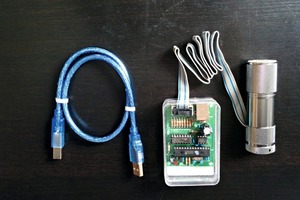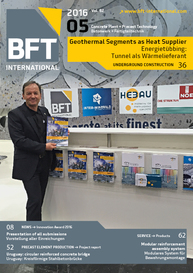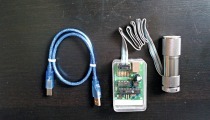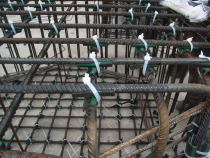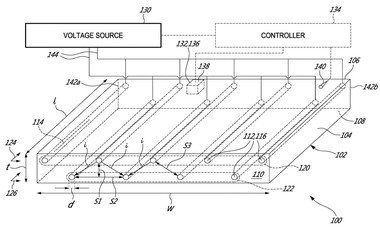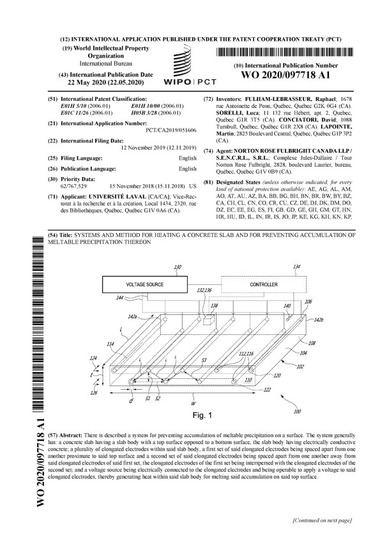Electronic tongue
Thanks to the research of Prof. Walther Nernst, it has been known for about 100 years that different electrodes that consist of conductive materials generate an electrical voltage from the ions present in the substance. Similar to the individual lingual papillae, this electrochemical voltage can be generated multiple times and structured as a pattern using various electrodes. This makes the related object suitable for treatment using the principles of mathematical pattern or object recognition theory, which makes it possible to teach in a pattern and to subsequently detect it using appropriate classification methods. This can happen in only a few split seconds, and the signal can then be proc-essed electronically and displayed or linked via the Internet using state-of-the-art technical capabilities.
Electrodes may be composed of a wide range of conductive materials that usually react to ions with a low degree of selectivity. This is why an overall impression can be gained from a pattern of electrochemical voltages, similar to the physiological impression a human being gets on the basis of their sensual perception. In the latter case, however, this step results in a subjective taste classified by the human brain, whereas Nernst voltages provide an objective “taste” and thus deliver a superordinate piece of taste information from all ion-containing substances, which results in an objective description and quality information that can also be used in construction engineering.
The electronic tongue requires a measuring head to generate the Nernst voltages upon making contact with the measured object, an electronic unit to take up and process these voltages, and a computer that applies mathematical principles to determine and recognize patterns or classes.
In popular terms, the resulting voltage pattern can also be referred to as a fingerprint of the measured object. Figure 1 shows a prototype of this electronic tongue that can determine the “taste” of concrete.
For a quick check of the quality of a given concrete mix, either a sample is taken or a suitable sensor immersed into the mix. Figure 2 shows three such measurements performed for standard mixes in accor-dance with DIN EN 206-1 and DIN 1045-2 (2001). These results demonstrate that it is possible to distinguish the individual mixes from each other fairly efficiently, and that these differences can be detected until the concrete arrives on the construction site if further changes in its condition are taught in.
This method enables listing of an entire library of varied mixes or conditions on an electronic storage medium. For any further examined sample, its voltage parameters are checked for similarity to stored values and subsequently recognized.
Summary: The electronic tongue must be taught in with respect to the object to be recognized. Once this step has been completed, however, it is small enough to fit in any pocket whilst being capable of easily detecting patterns within only a few seconds, which makes the electronic tongue suitable as a quality control tool for daily use in any ion-containing substance with an electrolytic effect.

